The Wedding Banquet: A New Perspective On Asian-American Queer Narratives
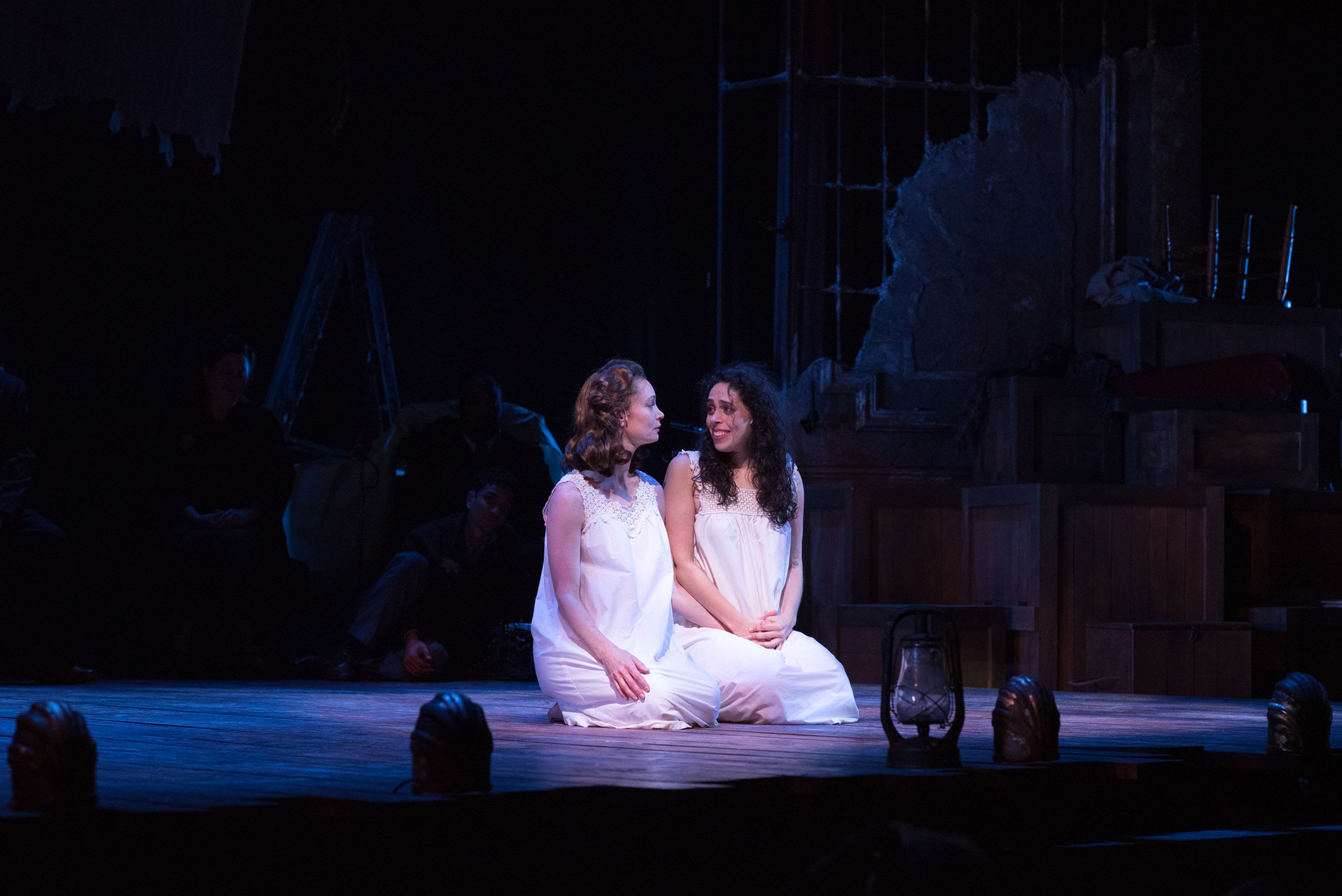
Table of Contents
Challenging Traditional Family Structures and Expectations
The Pressure of Filial Piety
The Wedding Banquet masterfully depicts the immense pressure placed on Wai-Tung, the protagonist, to marry and produce a grandchild – a common expectation within many Asian cultures. This pressure stems from the deeply ingrained concept of filial piety, a cornerstone of traditional Chinese family values.
- Conflict between personal desires and filial duty: Wai-Tung's internal conflict highlights the struggle between his personal desires and his sense of obligation to his parents. His secret life as a gay man clashes sharply with his family's expectations, creating a constant source of tension and internal conflict.
- Traditional Chinese family values: The film vividly portrays the weight of these traditional values, showcasing how they can stifle individual expression and autonomy. The parents' unwavering focus on preserving face and upholding societal norms underscores the challenges faced by LGBTQ+ individuals in similar cultural contexts.
- Filial piety as a tool of control and conflict: The film cleverly uses filial piety not only as a source of pressure but also as a mechanism for control and the creation of further conflict. Wai-Tung's attempts to navigate this complex web of expectations lead to a series of comedic yet poignant situations.
Negotiating Cultural Expectations in a New Land
Wai-Tung's experience further complicates the narrative by highlighting the challenges of navigating both American and Taiwanese cultural expectations. As a first-generation immigrant, he finds himself straddling two distinct cultural landscapes, each with its own set of norms and expectations regarding marriage, family, and sexuality.
- Impact of immigration on family dynamics: The film subtly showcases how immigration significantly impacts family dynamics. The generational gap between Wai-Tung and his parents reveals differing perspectives on tradition, sexuality, and personal freedom.
- Navigating two distinct cultural landscapes: The film's setting in New York City emphasizes the complexities of living in a multicultural society where traditional values collide with modern, more liberal attitudes.
- Generational differences: The conflict between Wai-Tung and his parents exemplifies the generational divide often experienced by immigrant families. The older generation clings to traditional values, while the younger generation grapples with the complexities of self-discovery and individual expression within a new cultural context.
The Performance of Identity and Authenticity
The "Fake" Marriage as a Metaphor
Wai-Tung's sham marriage to Wei-wei, a mainland Chinese immigrant, serves as a powerful metaphor for the performance of identity and the lengths LGBTQ+ individuals may go to in order to conform to societal expectations. This "fake" marriage becomes a microcosm of the larger societal pressures to conform to heteronormative ideals.
- Performance of heterosexuality as a survival tactic: The film convincingly portrays the performance of heterosexuality as a survival tactic to appease family and avoid social stigma. Wai-Tung's deception highlights the emotional toll of living a double life.
- Themes of deception and false identity: The film explores the complexities of presenting a false identity to navigate societal expectations and the resulting internal conflict and emotional turmoil.
- Unexpected intimacy and emotional connection: The film beautifully illustrates the unexpected intimacy and emotional connection that develops between Wai-Tung and Wei-wei, showcasing a nuanced exploration of human relationships that defy easy categorization.
Coming Out and Self-Acceptance
The Wedding Banquet subtly yet powerfully depicts Wai-Tung's journey towards self-acceptance and understanding. His eventual coming out, though not explicitly stated, is conveyed through his actions and interactions with those around him.
- Subtle depiction of the coming-out process: The film's understated approach to Wai-Tung's coming-out process reflects the realities of many LGBTQ+ individuals who navigate this journey privately and gradually.
- Impact of parental understanding (or lack thereof): The film's exploration of parental reactions and eventual understanding (or lack thereof) adds another layer of complexity to the narrative.
- Importance of self-acceptance: The film ultimately celebrates the importance of self-acceptance and embracing one's true identity, regardless of societal pressures or familial expectations.
The Wedding Banquet and its Legacy: Enduring Relevance in Contemporary Asian-American Queer Cinema
Influencing Subsequent LGBTQ+ Asian Films
The Wedding Banquet's impact on subsequent Asian-American LGBTQ+ films and representations is undeniable. It paved the way for more authentic and nuanced portrayals of Asian-American queer experiences, inspiring a new generation of filmmakers to tell their stories.
- Examples of films influenced by The Wedding Banquet: Several films have built upon The Wedding Banquet's themes and approaches, demonstrating its lasting influence on the genre. (Specific examples of films should be included here).
- Paving the way for authentic portrayals: The film's success helped break down barriers and create space for more diverse and representative LGBTQ+ Asian stories in cinema.
- Ongoing conversation around representation: The Wedding Banquet continues to fuel discussions about the importance of authentic and diverse representation in media.
Continued Conversations on Cultural Identity and Sexuality
The Wedding Banquet remains strikingly relevant today, sparking ongoing conversations about identity, cultural assimilation, and LGBTQ+ rights. Its themes of family, culture, and identity continue to resonate deeply with audiences worldwide.
- Enduring relevance of the film's themes: The film's exploration of universal themes of family, love, and self-discovery ensures its lasting impact.
- Lasting impact on viewers and critics: The Wedding Banquet has garnered widespread critical acclaim and continues to be studied and analyzed by film scholars and LGBTQ+ communities.
- Importance of continued conversations: The film’s legacy underscores the ongoing importance of conversations surrounding LGBTQ+ inclusion and acceptance within Asian communities and beyond.
Conclusion
The Wedding Banquet remains a seminal work in Asian-American queer cinema, offering a poignant and insightful exploration of complex themes. Through its clever storytelling and relatable characters, the film challenges traditional family structures, highlights the pressures of cultural expectations, and underscores the importance of self-acceptance. By examining the performance of identity and the intricacies of coming out within a specific cultural context, The Wedding Banquet continues to spark critical conversations about LGBTQ+ experiences within the Asian-American community and beyond. Understanding the film’s enduring legacy is crucial for fostering a more inclusive and accepting future. Explore the nuances of Asian-American queer narratives further by engaging with other films that tackle similar themes and by supporting filmmakers who continue to amplify these vital stories. Learn more about the complexities of Asian-American queer narratives and their continued impact on cinema and society.

Featured Posts
-
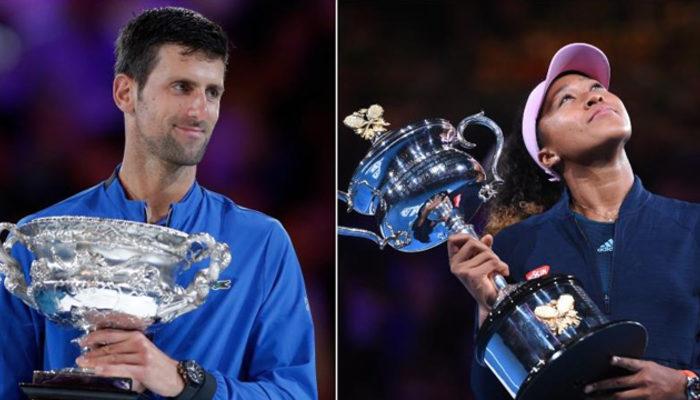 Novak Djokovic In Zirveye Doenuesue Kortlardaki Hakimiyeti
May 18, 2025
Novak Djokovic In Zirveye Doenuesue Kortlardaki Hakimiyeti
May 18, 2025 -
 Pre 19 Godina Novakov Rekord Koji Se Vise Nije Ponovio
May 18, 2025
Pre 19 Godina Novakov Rekord Koji Se Vise Nije Ponovio
May 18, 2025 -
 Exclusive Update Taylor Swift And Blake Livelys Response To The It Ends With Us Lawsuit
May 18, 2025
Exclusive Update Taylor Swift And Blake Livelys Response To The It Ends With Us Lawsuit
May 18, 2025 -
 Morales Winning Streak Continues Second Straight Bonus At Ufc Vegas 106
May 18, 2025
Morales Winning Streak Continues Second Straight Bonus At Ufc Vegas 106
May 18, 2025 -
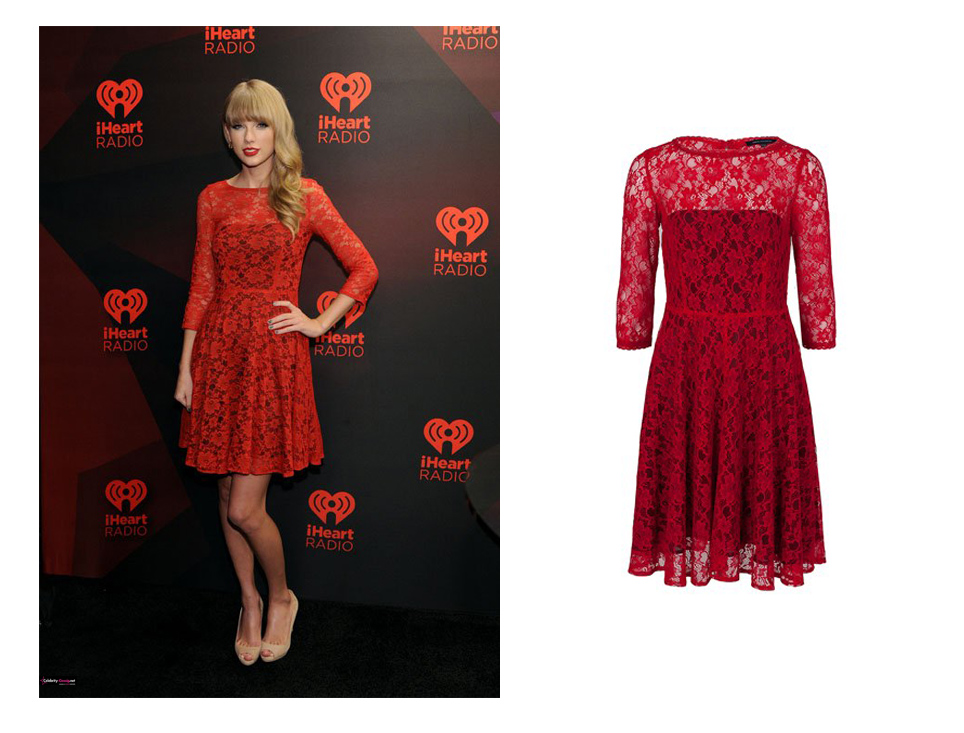 Source Reveals Carrie Underwoods Move And Its Possible Connection To Taylor Swift
May 18, 2025
Source Reveals Carrie Underwoods Move And Its Possible Connection To Taylor Swift
May 18, 2025
Latest Posts
-
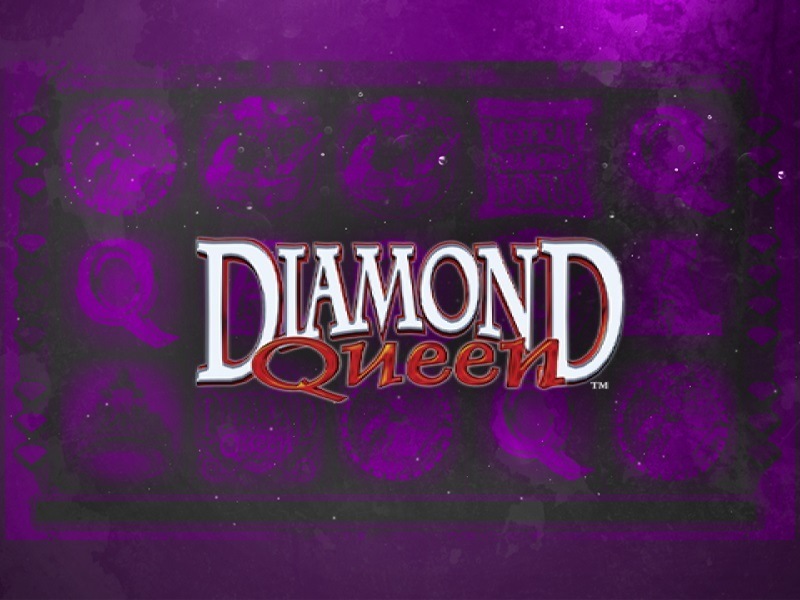 Top 10 Online Casinos In New Zealand Real Money Games And Bonuses
May 18, 2025
Top 10 Online Casinos In New Zealand Real Money Games And Bonuses
May 18, 2025 -
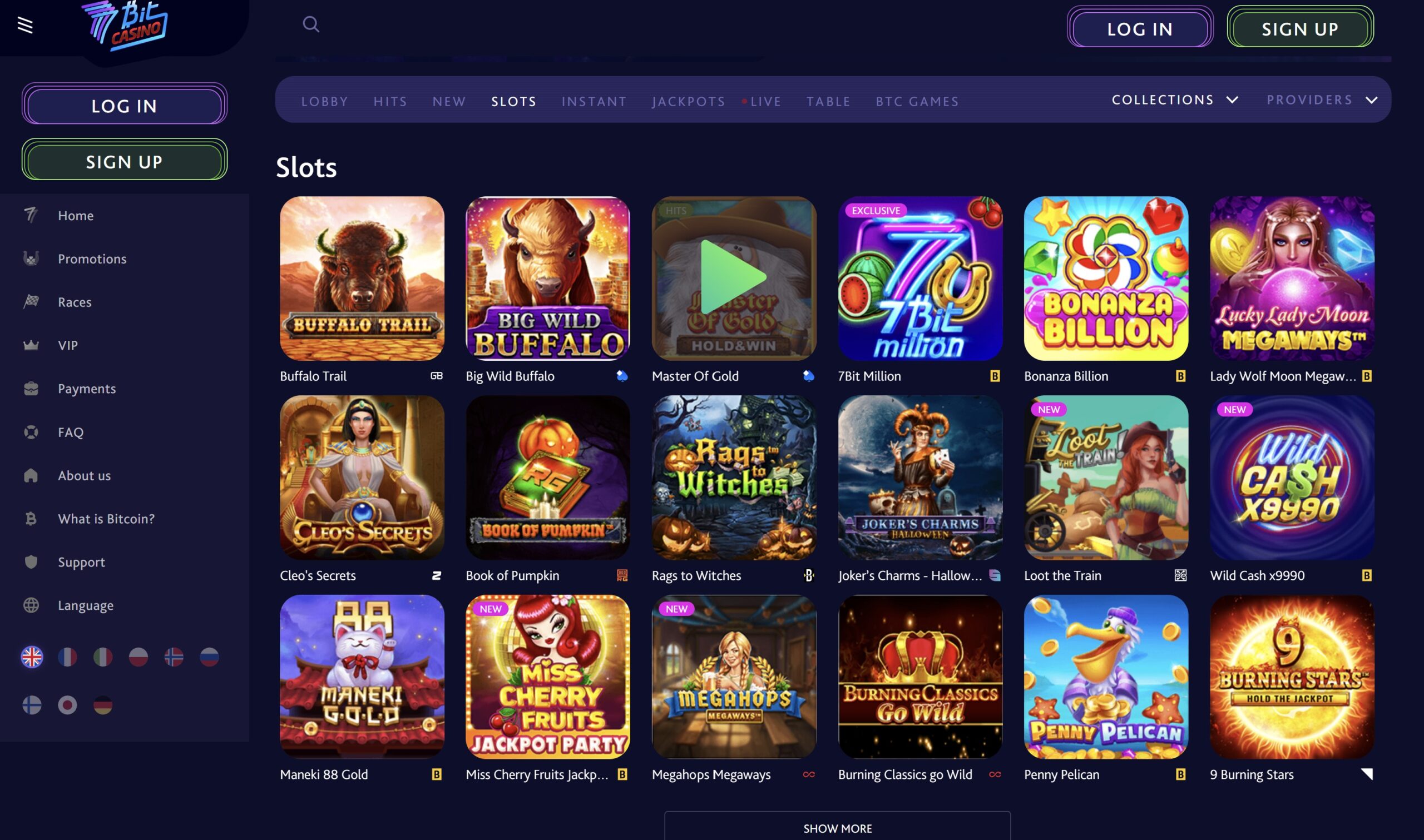 Choosing The Best Online Casino In Canada For 2025 A Review Of 7 Bit Casino And Others
May 18, 2025
Choosing The Best Online Casino In Canada For 2025 A Review Of 7 Bit Casino And Others
May 18, 2025 -
 Svjontek Ukrajinka Rezultati I Analiza Meca
May 18, 2025
Svjontek Ukrajinka Rezultati I Analiza Meca
May 18, 2025 -
 Play At The Best Online Casinos In New Zealand Safe And Secure
May 18, 2025
Play At The Best Online Casinos In New Zealand Safe And Secure
May 18, 2025 -
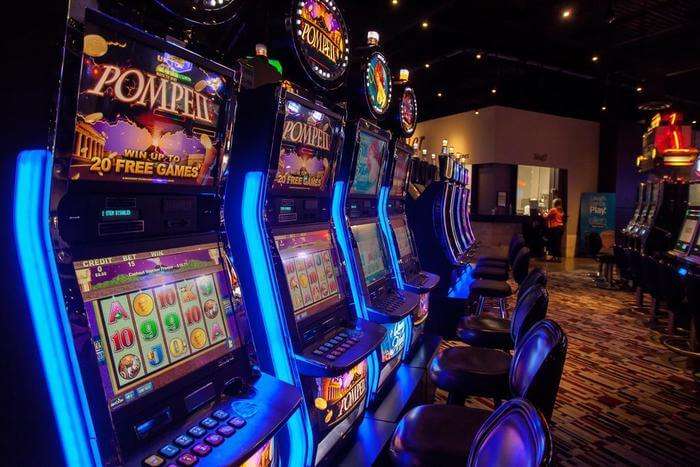 7 Bit Casino Vs The Competition Finding The Best Online Casino In Canada For 2025
May 18, 2025
7 Bit Casino Vs The Competition Finding The Best Online Casino In Canada For 2025
May 18, 2025
